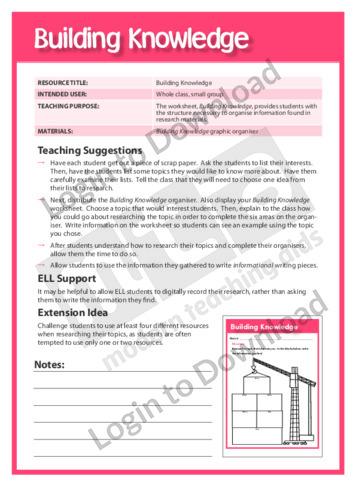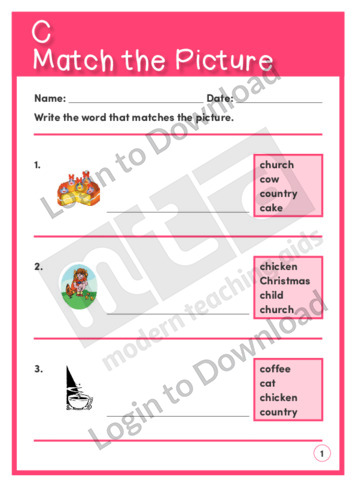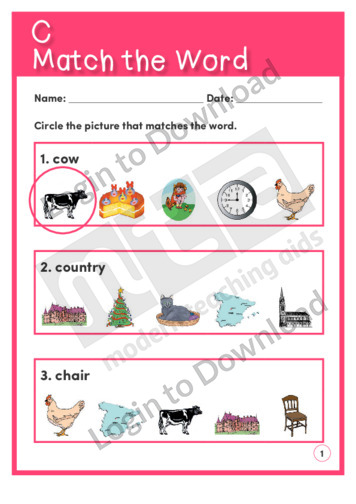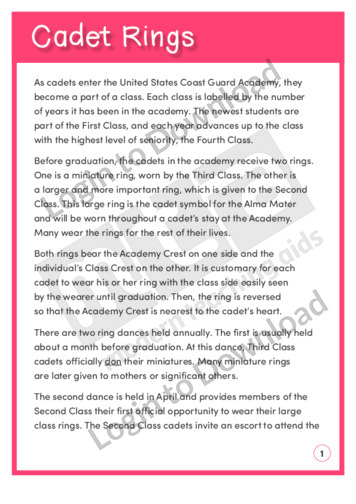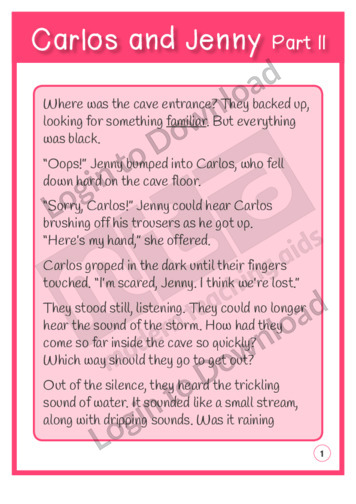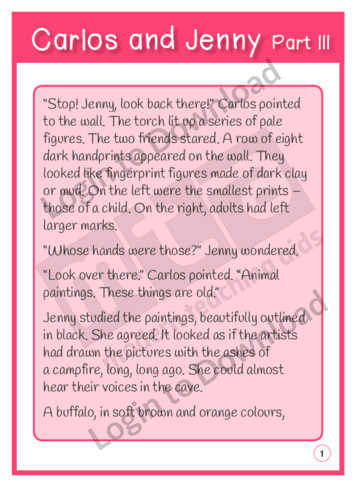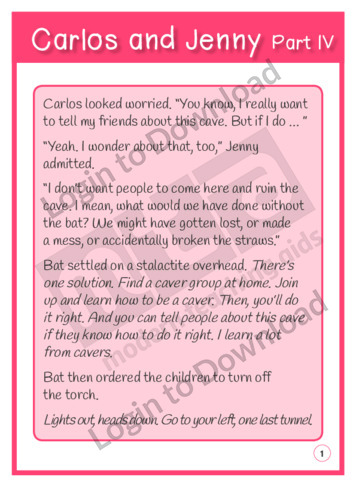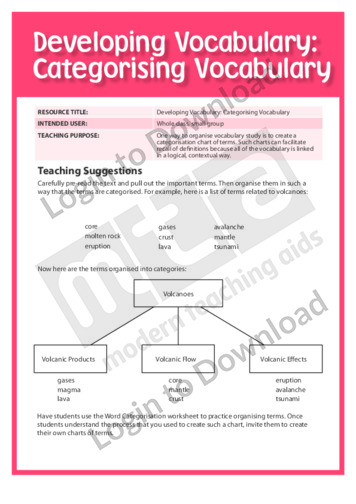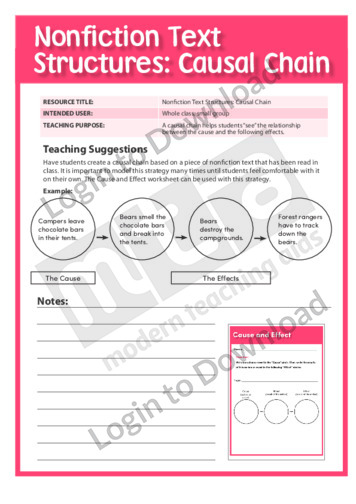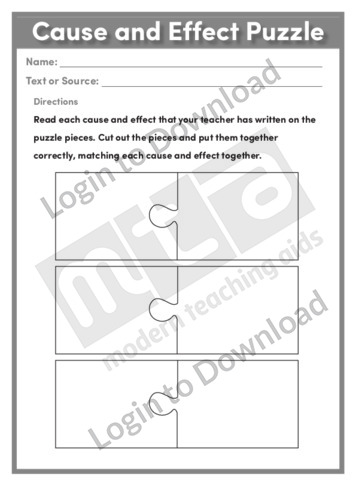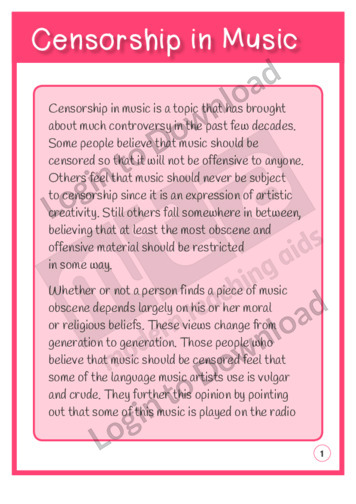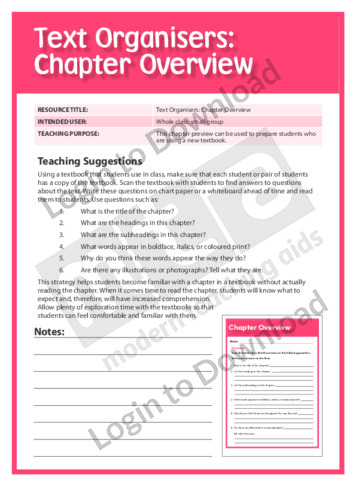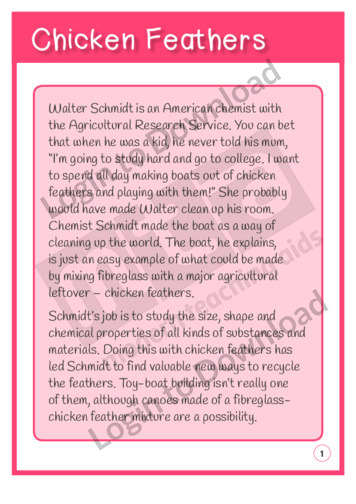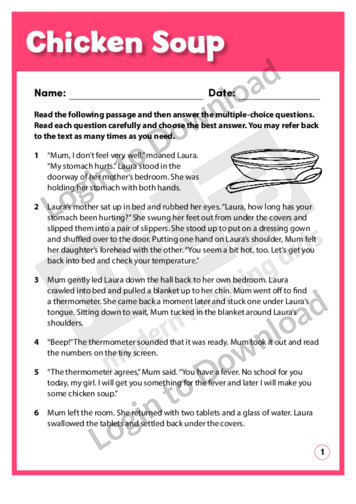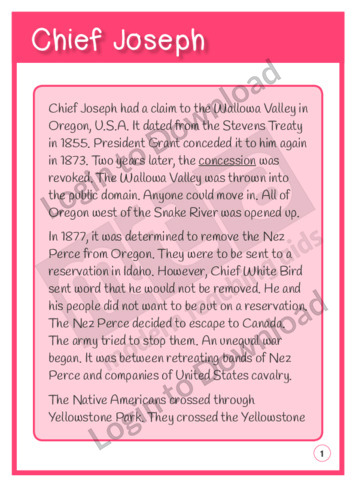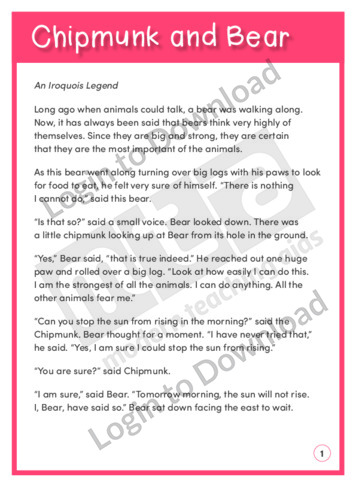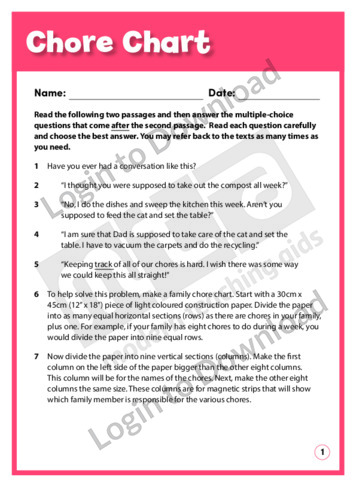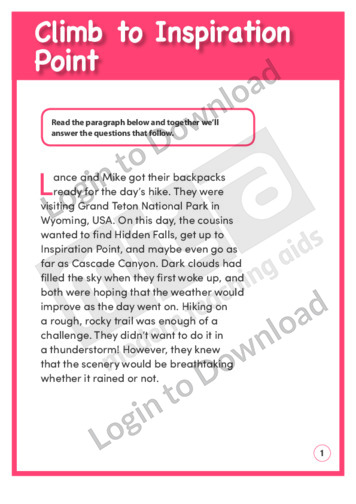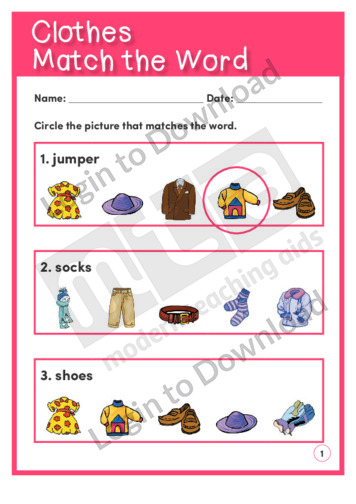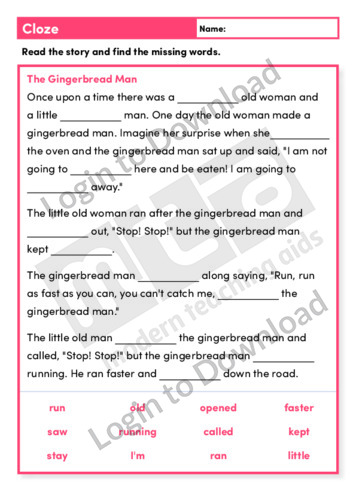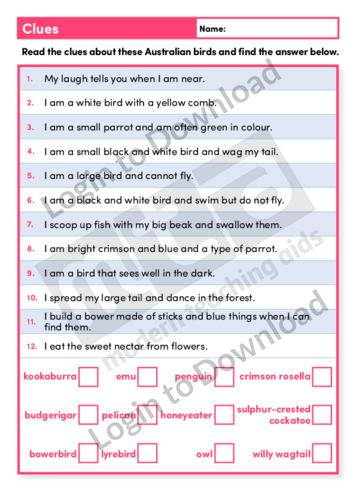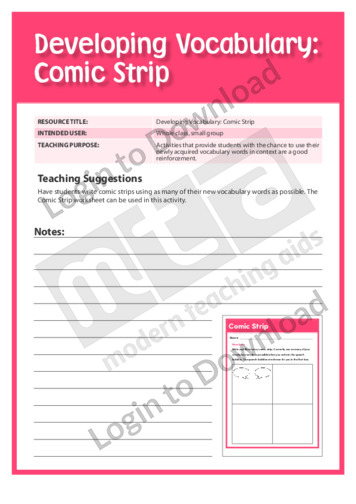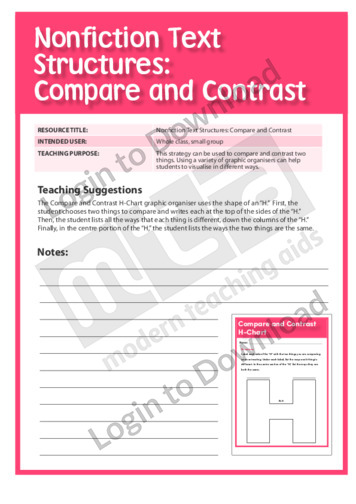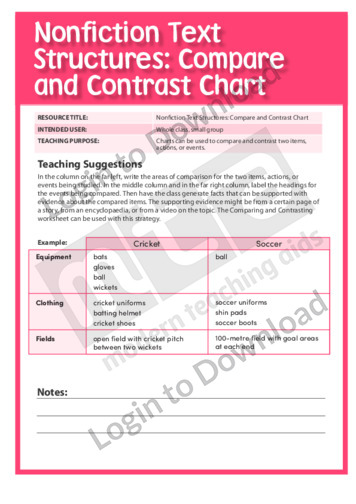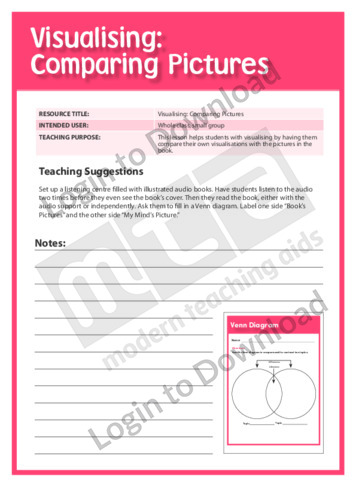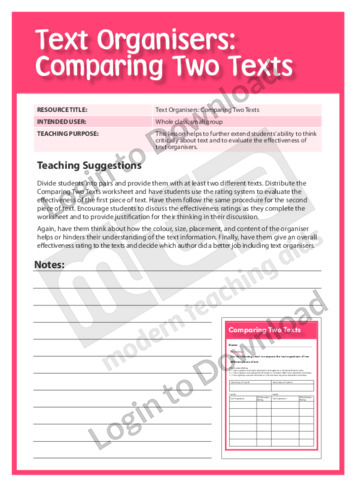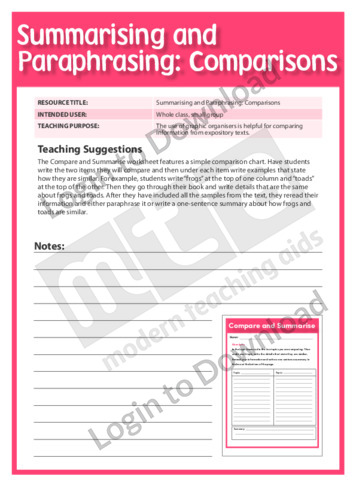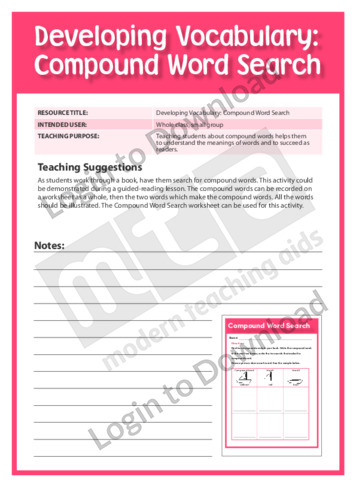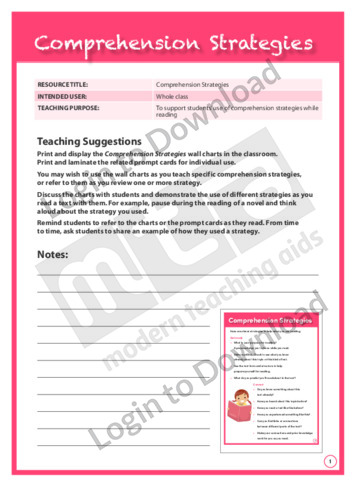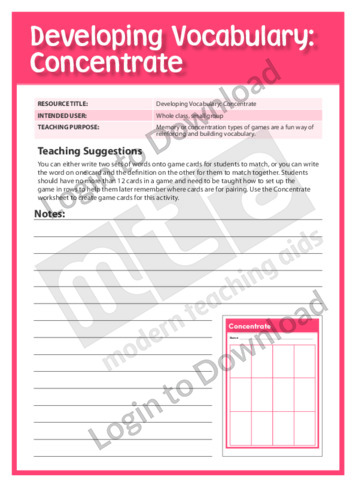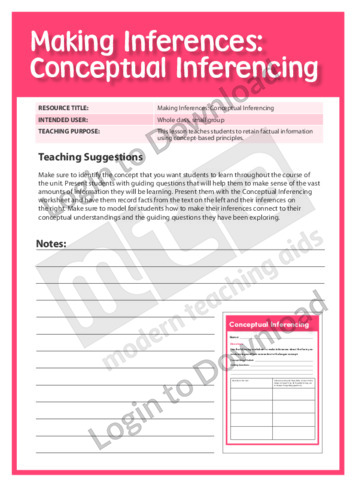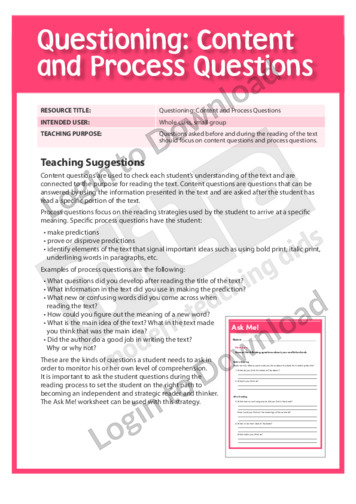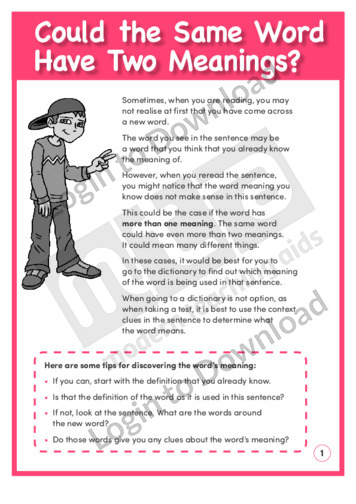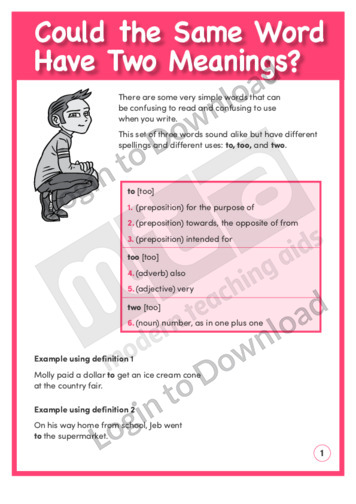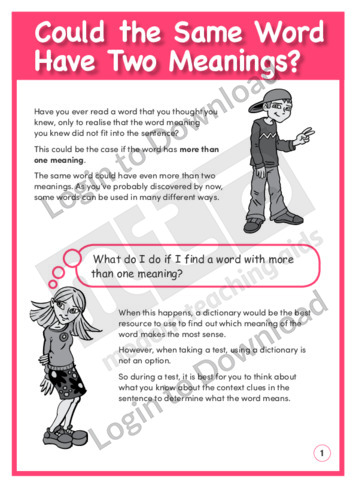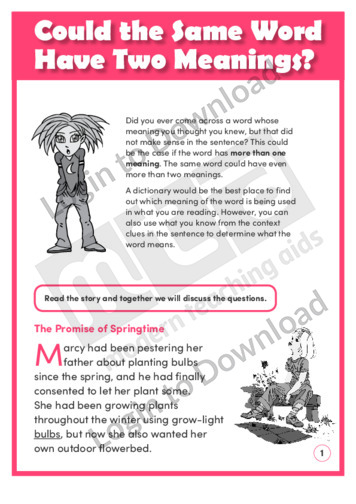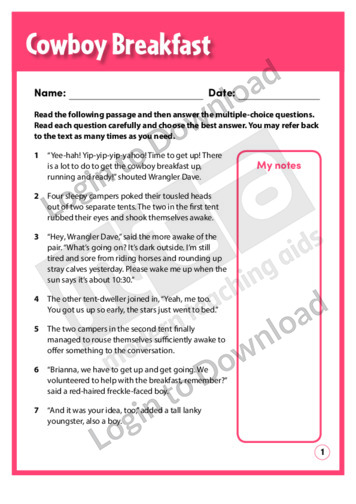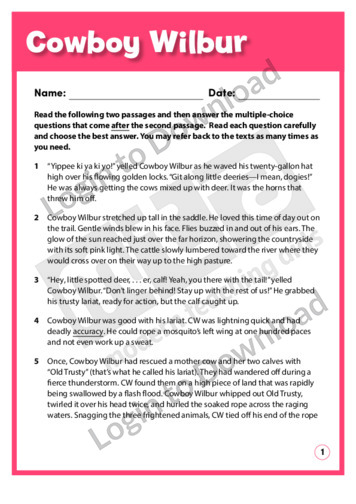This graphic organiser, ‘Building Knowledge’ supports students in planning writing by providing a framework to organise research findings.
This content area reading learning activity, ‘Building Prior Knowledge,’ helps students learn to discriminate fact from opinion. It teaches students about key words that signal opinion through mini-lessons.
This reading comprehension activity, ‘Burning Daylight’ asks students to answer questions about an excerpt from a story about a man named Elam Harnish during the Alaskan Gold Rush. It is aimed at increasing students’ awareness of semantics and encourages students to recall information, make predictions, form opinions and think about word meanings.
This reading comprehension activity, ‘C – Match the Picture’ asks students to write words to match pictures that that start with the letter C. It is aimed at developing students’ awareness of the alphabet, sound-letter relationships and word knowledge.
This reading comprehension activity, ‘C – Match the Word’ asks students to identify words and pictures that start with the letter C. It is aimed at developing students’ awareness of the alphabet, sound-letter relationships and word knowledge.
This short nonfiction text, ‘C: Cicada’ provides factual information about the Cicada, exploring where they live, what they eat and other interesting facts. The resource also provides a photo of the insect and guided handwriting practice that can be used to supplement the informational text.
This reading comprehension activity, ‘Cadet Rings’ asks students to answer questions about the rings that cadets of the United States Coast Guard Academy receive. It is aimed at increasing students’ awareness of semantics and encourages students to recall information and think about word meanings.
This content area reading learning activity, ‘Can You Name That Thing?’ highlights for students the frustration of trying to read a passage without visualising. It has them attempt to identify the unnamed object in a passage using key words and phrases that trigger their ideas.
This reading comprehension activity, ‘Car Tips’ asks students to answer questions about car maintenance, such as replacing antifreeze. It is aimed at increasing students’ awareness of semantics and encourages students to recall information and think about word meanings.
This reading comprehension activity, ‘Carlos and Jenny Part I’ asks students to answer questions about a story of two children who discover a hole in a hill. It is aimed at increasing students’ awareness of semantics and encourages students to recall information and think about word meanings.
This reading comprehension activity, ‘Carlos and Jenny Part II’ asks students to answer questions about a story of two children who are lost in a cave. It is aimed at increasing students’ awareness of semantics and encourages students to recall information, draw conclusions, make predictions and think about word meanings.
This reading comprehension activity, ‘Carlos and Jenny Part III’ asks students to answer questions about a story of a bat that helps two lost children find their way out of a cave. It is aimed at increasing students’ awareness of semantics and encourages students to recall information and draw conclusions.
This reading comprehension activity, ‘Carlos and Jenny Part IV’ asks students to answer questions about a story of a bat that helps two lost children find their way out of a cave. It is aimed at increasing students’ awareness of semantics and encourages students to recall information, draw conclusions and think about word meanings.
This content area reading learning activity, ‘Categories,’ helps students organise information about different aspects of a topic. It is aimed at giving students practice with summarising information from nonfiction texts.
This content area reading learning activity, ‘Categorising Vocabulary,’ helps students with vocabulary development. It is aimed at facilitating recall of definitions through the use of a categorisation chart to organise vocabulary.
This content area reading learning activity, ‘Causal Chain,’ helps students understand the relationship between the cause and the following effects. It is aimed at enhancing students’ comprehension of cause and effect through the use of a visual representation of the actions or events.
This content area reading learning activity, ‘Cause and Effect Puzzle,’ helps students understand the relationship between cause and effect. It has students match causes and effects written on puzzle pieces in order to put the puzzle together.
This content area reading learning activity, ‘Cause/Effect and Chain of Related Events,’ helps students understand how events are caused by other events. It provides a great visual for understanding historical events and how one causes another event, which causes another, which causes another, and so on.
This reading comprehension activity, ‘Censorship in Music’ asks students to answer questions about how censorship violates the rights of citizens and artists. It is aimed at increasing students’ awareness of semantics and encourages students to recall information, draw conclusions, form opinions and think about word meanings.
This content area reading learning activity, ‘Chapter Overview,’ can be used to prepare students who are using a new textbook. It is aimed at enhancing students’ comprehension by familiarising them with the graphic features used in the text before they read it.
This reading comprehension activity, ‘Chicken Feathers’ asks students to answer questions about an American chemist, Walter Schmidt, who found ways to make leftover chicken feathers into products such as fibreglass canoes! It is aimed at increasing students’ awareness of semantics and encourages students to recall information.
This story, ‘Chicken Soup’ is about a girl who feels sick and how her mother responds by making a special soup. It provides opportunities for students to practise vocabulary and comprehension skills. Answer sheet provided with file download.
This reading comprehension activity, ‘Chief Joseph’ asks students to answer questions about Chief Joseph and the Nez Perce Native Americans. It is aimed at increasing students’ awareness of semantics and encourages students to recall information, draw conclusions, form opinions and think about word meanings.
This reading comprehension activity, ‘Child Safety Seats’ asks students to answer questions about safety seats for children. It is aimed at increasing students’ awareness of semantics and encourages students to recall information, make comparisons and think about word meanings.
This reading comprehension activity, ‘Chipmunk and Bear’ asks students to answer questions about a Native American tale about a chipmunk and a bear. It is aimed at increasing students’ awareness of semantics and encourages students to recall information and make comparisons.
The paired texts, ‘Chore Chart’ and ‘A Weekly Dilemma’ show how household chores can be managed to avoid arguments. They provide opportunities for students to practise vocabulary and comprehension skills. Answer sheet provided with file download.
This understanding text exemplar ‘Climb to Inspiration Point’ shows students how to predict the outcome of a story. It is aimed at encouraging students to guess what will happen next based on the clues provided in the story.
This reading comprehension activity, ‘Clothes Match the Picture’ asks students to write words to match pictures that relate to items of clothing. It is aimed at developing students’ awareness of semantics and encourages them to recognise the association between a picture and a word describing it.
This reading comprehension activity, ‘Clothes Match the Word’ asks students to identify words and pictures that relate to items of clothing. It is aimed at developing students’ awareness of semantics and encourages them to recognise the association between a picture and a word describing it.
This reading comprehension activity, ‘Clown in Town’ asks students to answer questions about a short poem, which is about a clown and his pet giraffe. It is aimed at developing students’ awareness of semantics and encourages them to recall details from the poem.
This reading activity, ‘Cloze’ provides opportunities for practice with reading a story and finding the missing words that fit in accordingly.
This content area reading learning activity, ‘Cloze Frame,’ can be used to activate prior knowledge. It has students record their thoughts about the text before reading and then record new information they have learned after reading.
This reading activity, ‘Clues’ provides opportunities for practice with reading clues to find the appropriate animal to match.
This content area reading learning activity, ‘Cognitive Mapping,’ helps improve students’ ability to find the main idea and supporting details. It includes four different types of cognitive maps, which can be created by individual students, by small groups or by an entire class.
This content area reading learning activity, ‘Comic Strip,’ provides students with the chance to use new vocabulary words in context. It is aimed at reinforcing vocabulary acquisition through a fun and engaging activity.
This reading comprehension activity, ‘Communication’ asks students to answer questions about different ways of communicating. It is aimed at increasing students’ awareness of semantics and encourages students to recall information, draw conclusions and think about word meanings.
This content area reading learning activity, ‘Compare and Contrast,’ teaches students how to compare and contrast two things. It is aimed at developing students’ skills in summarising and paraphrasing.
This content area reading learning activity, ‘Compare and Contrast,’ helps activate students’ prior knowledge about a topic. It encourages students to compare and contrast new books with books they have read before, and information in nonfiction books with what they learned from doing things outside of school.
This content area reading learning activity, ‘Compare and Contrast,’ helps students compare and contrast two things. It is aimed at helping students see a visual representation of common elements.
This content area reading learning activity, ‘Compare and Contrast Chart,’ helps students compare and contrast two things. It is aimed at helping students see a visual representation of common elements.
This content area reading learning activity, ‘Comparing Pictures,’ has students compare their own visualisations with the pictures in the book. It has students listen to an audio book before reading the book, and then use a Venn diagram to compare what the visualised from the audio with the pictures in the book.
This content area reading learning activity, ‘Comparing Two Texts,’ helps to further extend students’ ability to think critically about text. It is aimed at teaching students how to evaluate the effectiveness of text organisers by thinking about how the colour, size, placement and content of the organiser helps or hinders their understanding of the text …More
This content area reading learning activity, ‘Comparisons,’ helps students compare information from expository texts. It is aimed at developing students’ skills in summarising by having them use a graphic organiser to record important details from the text.
This content area reading learning activity, ‘Compound Word Search,’ teaches students about compound words. It is aimed at helping students understand the meanings of words and become successful readers.
This graphic organiser, ‘Compounding the Problem’ asks students to recognise compound words in sentences, as well as understand that two words can be combined to form a compound word.
This graphic organiser, ‘Compounding the Problem for Read Alouds’ asks students to identify compound words as they are read aloud from a literature book, then break the words into their component parts, find their definitions, and use them in a sentence.
This comprehension activity, ‘Comprehension Strategies’ supports language development by encouraging students to use prompts and comprehension strategies as they read. It is aimed at developing students’ awareness of comprehension strategies, such as imagine, question, search, connect and summarise.
This content area reading learning activity, ‘Concentrate,’ helps students to remember new words. It is aimed at reinforcing and building vocabulary through a fun and engaging activity.
This content area reading learning activity, ‘Concept Attainment,’ helps students organise conceptual information. It is aimed at enabling students to pick the information that they find most comprehensible or memorable by responding to five questioning prompts.
This content area reading learning activity, ‘Concept Mapping,’ helps students organise the subtopics and details around the concept they are learning. It allows for quite a bit of flexibility in that students can identify different subtopics and arrange the details accordingly.
This content area reading learning activity, ‘Concept Wheel,’ helps students find the main idea and supporting details in a passage. The main idea goes in the centre of the wheel and the details that answer the questions radiate from the main idea like spokes on a wheel.
This content area reading learning activity, ‘Conceptual Definitions,’ helps students think about how a concept they are studying relates to other ideas. It has students think of subcategories of a concept and then record details about each of the subcategories to show how they relate back to the main concept.
This content area reading learning activity, ‘Conceptual Inferencing,’ teaches students to retain factual information using concept-based principles. It is aimed at showing students how to make their inferences connect to their conceptual understandings and the guiding questions they have been exploring.
This content area reading learning activity, ‘Content and Process Questions,’ helps students monitor their level of comprehension. It is aimed at setting students on the right path to becoming independent and strategic readers and thinkers by asking them questions during the reading process.
This quick reference chart ‘Could the Same Word Have Two Meanings?’ helps students with homonyms. It encourages students to look critically at words and to use context clues in order to ascertain their particular meaning.
This understanding text worksheet ‘Could the Same Word Have Two Meanings?’ helps students with homophones. It encourages students to look critically at words and to use context clues in order to ascertain their particular meaning. In this case, the words ‘to’, ‘too’ and ‘two’ are examined. Answer sheet provided with file download.
This quick reference chart ‘Could the Same Word Have Two Meanings?’ helps students with homonyms and homophones. It encourages students to look critically at words and to use context clues in order to ascertain their particular meaning. In this case, the various definitions of the word ‘bark’ are examined.
This understanding text exemplar ‘Could the Same Word Have Two Meanings?’ shows students how to identify the different meanings of words that are spelt the same within a narrative text. It encourages students to look critically at words and to use context clues in order to ascertain their meaning in a specific context.
This narrative, ‘Cowboy Breakfast’ follows a group of campers who have to rise early to cook breakfast over camp fires. It provides opportunities for students to practise vocabulary and comprehension skills. Answer sheet provided with file download.
It�s that easy!

